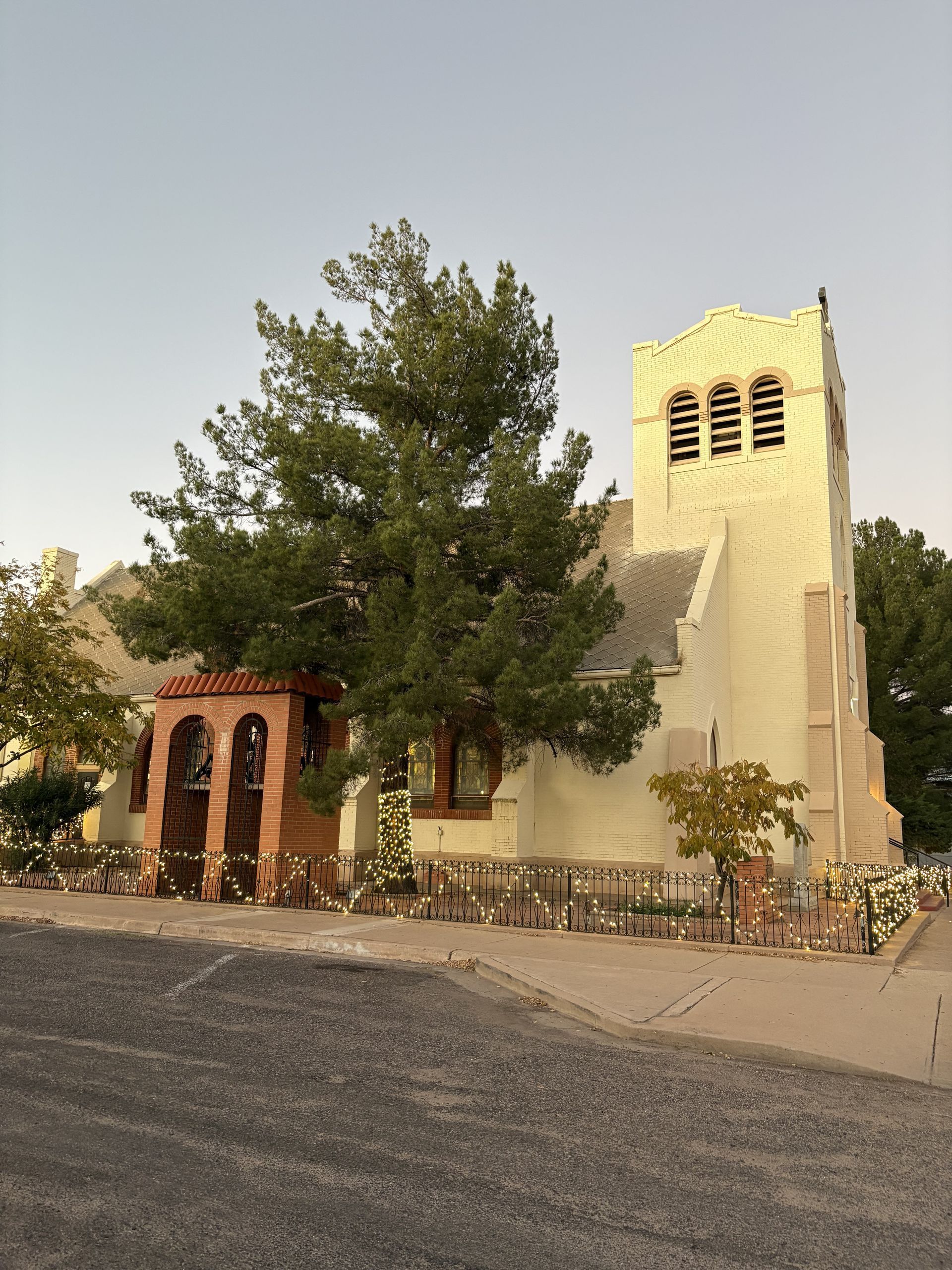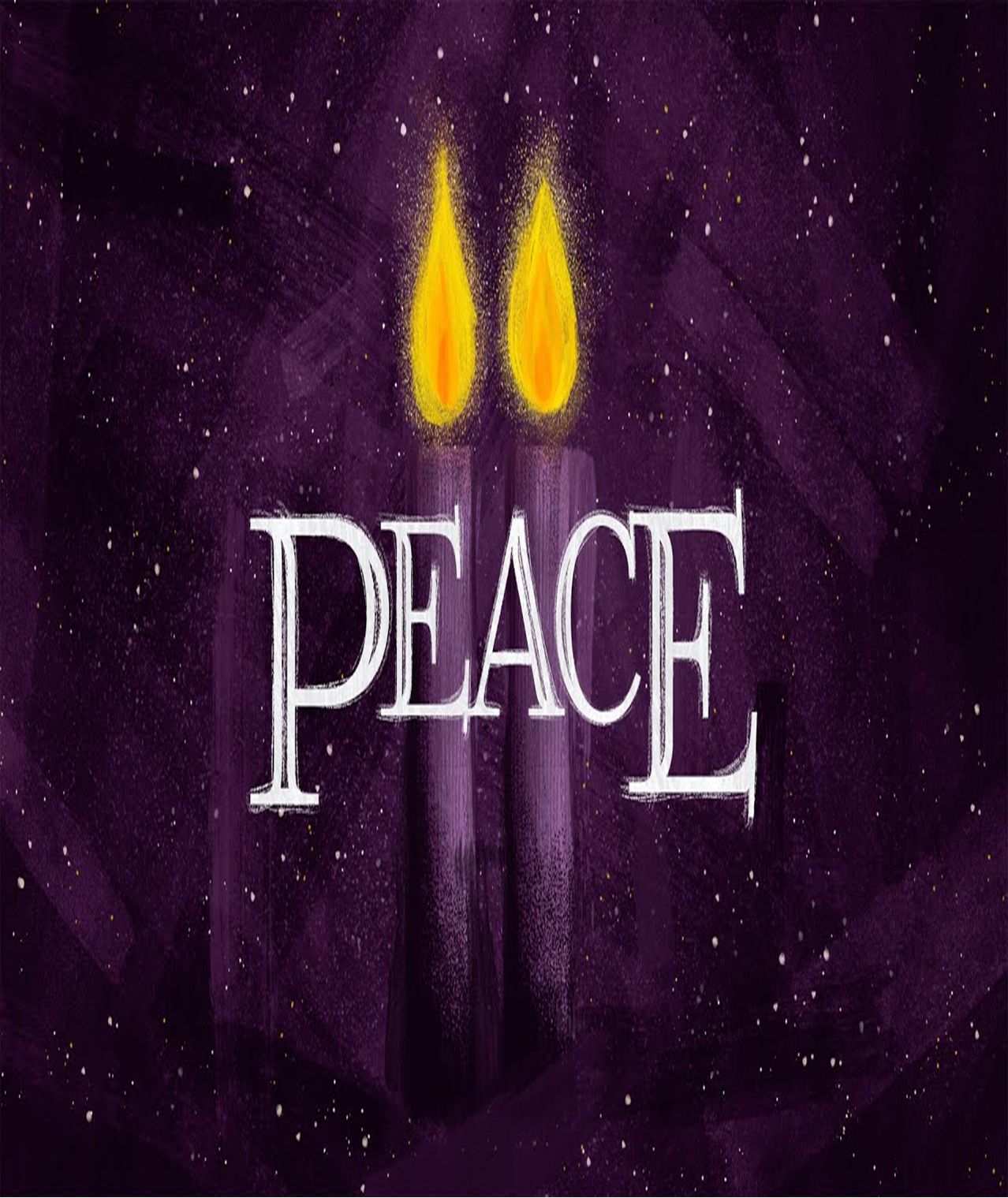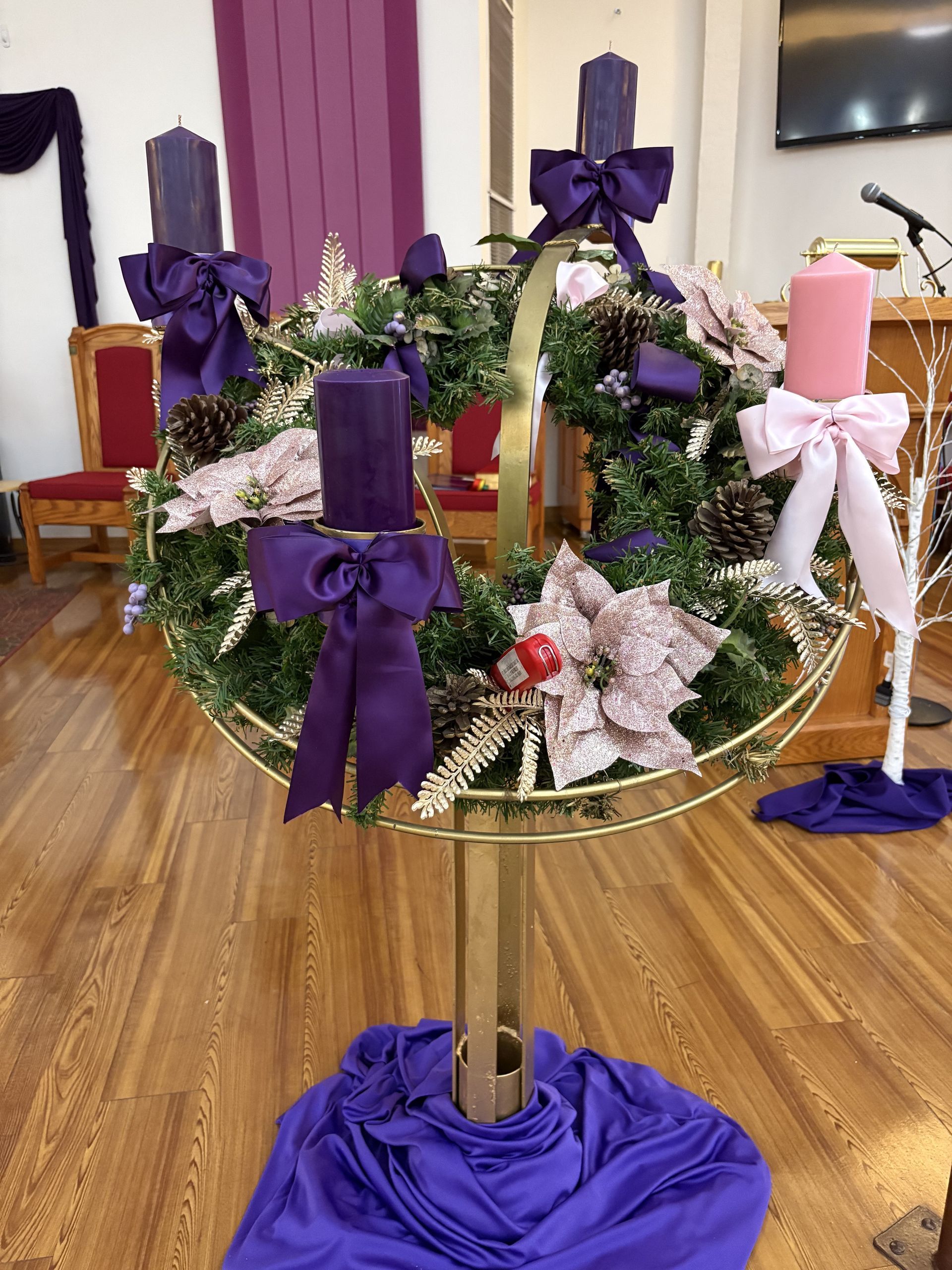For forty days following the resurrection, Jesus appeared and disappeared in the company of his disciples. In almost all occasions, they couldn’t recognize him because they didn’t expect such a thing would actually happen until the breaking of the bread which was the normal conclusion of the encounter. In the days leading up to his final departure, Jesus told them that he was going back to the father and wouldn’t be with them any longer. They didn’t know what that meant. They had a hard time getting what he said. In fact, at the Apostles’ last interview with him, in their final moments with him, they asked, “Lord, are you at this time going to restore the kingdom of Israel? (Acts 1: 6)” This question speaks a lot about their confusion and ignorance concerning the future. He replied, “It is not for you to know the times or seasons…but you will receive power when the Holy Spirit comes upon you, and you will be my witnesses in Jerusalem (Acts 1: 7-8).” Understandably, it must have been difficult for anyone to settle with the thought of not seeing him again preach the good news, heal the sick and feed the hungry. We started missing him two weeks ago. Can he stay with them and us for good? Not really. Why ascend to the throne when we desperately need his physical presence here on the ground where the rubber meets the road. Jesus had to go to lead us closer to the Father.
The first reading from the Acts of the Apostles was a surreal moment. In an attempt to explain the Ascension of Christ, the church fathers used the word, ‘epizosome’ which until this day, the meaning along with the historical origins of the feast remains obscure and hard to trace. We are grateful for Egeria’s Travels and her accounts regarding the early Christian practices of the Ascension. We are told that in the 4 th century, Ascension was part of Pentecost: At the completion of forty days after his resurrection, make a commemoration of his Ascension to his glorious Father. He assured them, in the midst of all the ambiguities, “And you will be my witnesses in Jerusalem, throughout Judea and Samaria and to the ends of the earth (Acts 1: 8).” Before he eventually left them, he commissioned to continue the work of God powered by the Spirit. This passing on is part of God’s divine plan.
On the fortieth day (in the dioceses in the United States, the Ascension of Christ is celebrated on the Seventh Sunday of Easter), another stupendous event occurred, quite different from the previous appearances but similar in the inability of the disciples to understand. “As they were looking on, he was lifted up, and a cloud took him from their sight (Acts 1:9).” He was miraculously lifted up in the air…going…going and gone in the clouds. Jesus ascends to the high heavens in order to bring us to the Father. Jesus returned to the Father and now sits at the throne, the right hand of power and is to remain at his Father’s side until his enemies are put under his feet which is a divinely appointed time. His ascension takes humanity to the throne of heaven. His Ascension makes us partakers of his God-head. The Preface I of the Ascension says that “he ascended, not to distance himself from our lowly state but that we, as members, might be confident of following where he, our Head and Founder, has gone before.” Preface II also says, “…and was taken up to heaven in their sight, that he might makes us sharers in his divinity.” Every liturgical worship then, is eschatological. Every time we come together for Mass, we look forward to the end of ages and our final union with God. He left to prepare a place for us. His departure was a promise for the future. If Jesus didn’t ascend, we might altogether miss out the eternal party. If I were there, I would have been awed as anyone else. I would have left everything behind and watched the lovely and poignant scenario just like the Men of Galilee standing outside looking at the sky. Biblical accounts/witnesses led us to believe that prior to the Ascension, the Lord led the Apostles out of the city of Jerusalem to the Mount of Olives near Bethany where the Ascension took place. Mount Olivet near Bethany (overlooking Jerusalem) must have been the perfect spot since it was the place where everyone most importantly, the inhabitants of Jerusalem must have seen the spectacular event crystal clear in full view of his departure from the earth. As they stood gazing at the sky and wondering at the grace of the moment, two angels stood by them in white apparel announced to them that the same Jesus who was taken up to heaven will come back in exactly the same form sooner than later. This biblical episode ends the historical event and the bodily/physical presence of Jesus on earth.
Before he was elevated to the right hand of God, he gave them a mission to spread the divinely life-changing encounter with him beginning in Jerusalem, then to the neighboring areas and to the ends of the earth. This is meant to be global in nature and so far, after two millennia, the energy is as fresh and renewed as ever and needless to say, has exponentially exceeded expectations. Jesus counts so much on the small band of disciples to be the hands, the feet, the eyes, the voice, the mouthpiece, supply yours and not be afraid to go to the trenches where there is so much need. The pontificate of the Holy Father Pope Francis has urged us to go and minister in the outskirts.
For the time being, in- the- interim, let’s join forces and spend time together in prayer for the indwelling of the spirit, the source of our strength from up above. These in-between times, the long wait ‘until his coming again’ have spent in the celebration of sacraments that is, the sacred ritual that articulates the richness of salvation and faith. Amen.



